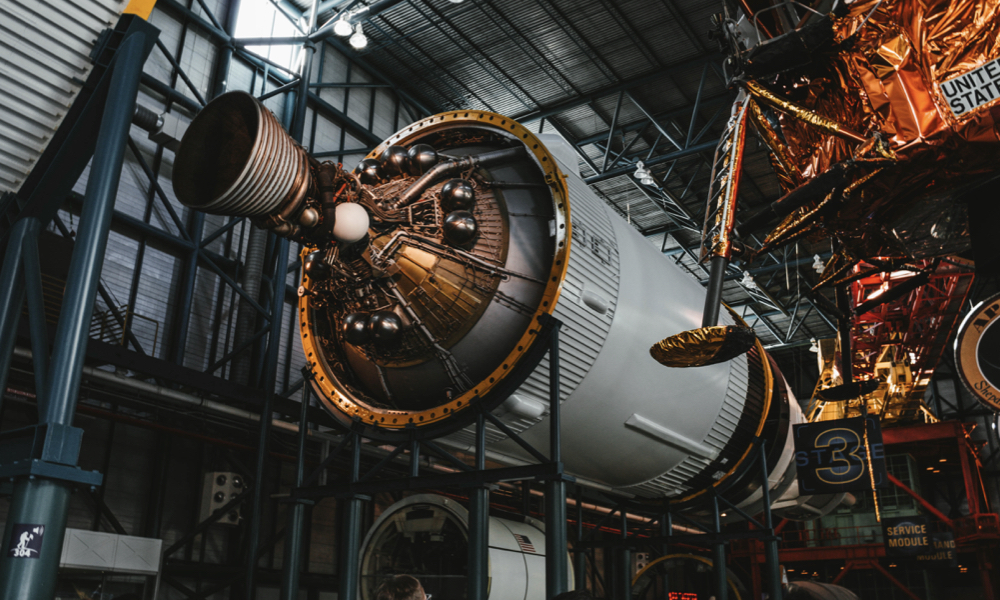
ESA Open Invitation to Tender AO10034
Open Date: 16/03/2020
Closing Date: 28/04/2020 13:00:00
Status: ISSUED
Reference Nr.: 19.1EC.06
Prog. Ref.: Technology Developme
Budget Ref.: E/0901-01 – Technology Developme
Special Prov.: BE+DK+FR+DE+IT+NL+ES+SE+CH+GB+IE+AT+NO+FI+PT+GR+LU+CZ+RO+PL+EE+HU
Tender Type: C
Price Range: 100-200 KEURO
Products: Satellites & Probes / AOCS & GNC / Sensors / Other
Technology Domains: Space System Control / AOCS/GNC Sensors and Actuators / AOCS/GNC Optical Sensors
Establishment: ESTEC
Directorate: Directorate of Tech, Eng. & Quality
Department: Systems Department
Contract Officer: Radojevic, Veijko
Industrial Policy Measure: N/A – Not apply
Last Update Date: 16/03/2020
Update Reason: Tender issue
Objectives:Design at concept level, size and preliminarily estimate the performance of Pulsar Navigation solutions to support orbit determination for planetary science missions. Provide a development plan for future work for most promising solution including themanufacturing of an EM.Description:State-of-the-art planetary science missions have demanding requirements regarding orbit knowledge prediction ; for example, for ExoMars TGO, the prediction requirement is around 100m (cross track) and 10s (along track) 2 weeksin advance during the science phase. EnVision M5 candidate mission has similar requirement with a 300 m cross-track and 10s along-track orbit knowledge prediction up to 2 weeks in advance of a given pass. Aerobraking operations also require accurate orbit determination e.g. to estimate the achieved pericenter altitude and plan for the next pericenter correction manoeuvres. This requires very long ground pass durations for ranging / doppler tracking. For ExoMars TGO aerobraking which lasted 1 year, up to 16 hours daily ESTRACK support were required when the orbital period was greater than 6 hours, and even 24 hours when the orbital period was smaller. For Envision, a similar ground stations load is envisaged, but over even longer duration (2 years), making the aerobraking one of the cost driver for the mission. In this context, solutions allowing to increase on-board autonomy to alleviate the operations cost / complexity could be of interest if affordable ressources-wise (mass, power). Orbit determination currently relies solely on Ground Stations. When the distance from the Earth increases, the ground station performance for orbit determination deteriorates, on top of providing bad GDOP for the measurements.There has been very recent and numerous important developments in the field of Pulsar Navigation. Most important was the Station Explorer for X-ray Timing and Navigation Technology (NASA / SEXTANT) demonstration on the ISS late 2017, demonstrating the feasibility of the concept. Today, many NASA missions are envisaging this as an alternative or complement to ground-based orbit determination. The combination of a pulsar signal receiver with a precise Star Tracker enables to reduce the field of view of the X-Ray cameras gathering the signal. The SNR is improved by a lower background noise, when a small FoV is considered. It has been demonstrated that position measurement can be envisaged in the order of 2 km, where-ever in the solar system. Incomparison, 2 km is what can be achieved by ground stations up to the vicinity of L2. When determining the orbit using these individual measurements, an orbit determination significantly better than the kilometer can be achieved, for a largely relaxed ground involvement.Therefore, for missions further than L2 (planetary missions), Pulsar Navigation can outperform Ground Stations, on top of requiring less ground intervention. For the particular case of EnVision, particular benefits are possible :- Frequent updates of on-board orbit determination during the aerobreaking, reducing the operational burden,- Improvement of the orbit knowledge during the science phase, in particular along track, improving science operations efficiencyThe activity shall review and trade-off Pulsar Navigation concepts (X-Ray, RF) for a use in planetary missions, considering EnVision as application case. The receiver features (mass,volume, power, accommodation constraints, testability) will be part of the trade off against orbit determination performance achievable. The most promising traded solution will be defined and analysed, and a plan for next study and development steps will be provided.
If you wish to access the documents related to the Invitation to Tender, you have to log in to the ESA Portal.
